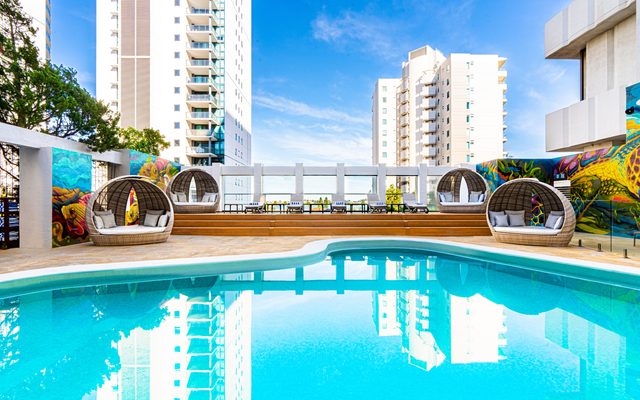This article is from the Australian Property Journal archive
GOVERNMENT has been warned about taking action on limited recourse borrowing arrangements, which represent a small but growing pool of self-managed super fund (SMSF) property assets.
Jonathan Street, chief executive officer of specialist commercial property lender Thinktank, said that analysis of SMSF portfolios often mentions the growth in LRBAs, which have grown from $2.5 billion in June 2012 to $31.4 billion by the end of 2017.
“While this rate of growth received a lot of attention in the Murray Financial System Inquiry, it largely ignored the small percentage that it represents of total SMSF assets. These LRBAs are secured mostly by direct property, both residential and non-residential, and of these assets it represents only 19.2%.
“Our expectation is that this approach to investment will continue to grow, in large part because of the attraction of long-term owner-occupied investment in ‘business real property’. The potential advantages of such an investment for retirement planning are significant in the current low growth environment,” he added.
Street said SMSF trustees are showing a growing interest in commercial property as a long-term investment that offers security, yield, and capital gain.
“In our experience many SMSF trustees, as owners of small to medium businesses (SMEs), have direct involvement with commercial property and as such appreciate the investment opportunities this property sector offers.
“At the same time, they are seeing an oversupply in the apartment market and low yields for residential property. While concerns are expressed by the regulators about ‘small-sized’ SMSFs investing in residential property, often through off-the-plan purchases, our experience suggests there is more informed interest in commercial property.” Street said.
Australian Property Journal




